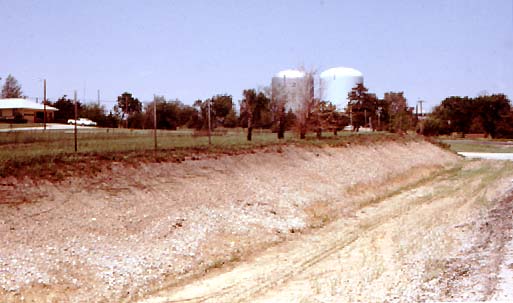

Fig. 9. Chert gravel on Neosho-Cottonwood Divide. Exposure of hilltop chert gravel in Emporia, Kansas. The water tanks in background are situated on the drainage divide between the Neosho River and Cottonwood River valleys.
Chert gravel is nearly continuous along the northern side of the main Cottonwood River valley, and gravel is also abundant along the western side of the north-trending South Fork of the Cottonwood River valley. Similar patterns are seen for smaller tributary valleys; gravel is preserved north of west-east valleys and west of north-south valleys.
Exotic pebbles are relatively common in gravels associated with the main Cottonwood River valley, but exotics have not been found in gravels along the South Fork of the Cottonwood River valley. Exotics are scattered in thin (non-cherty) soils on limestone hilltops in eastern Marion County. These exotic pebbles match in type and color those found in chert gravels to the east, but many of the Marion exotics bear glossy polish and facets typical of ventifacts. They appear to represent a residue of formerly extensive, non-cherty gravel deposits (Aber, 1988).
Kansas Geological Survey
Web version March 18, 1998
http://www.kgs.ku.edu/Current/1997/aber/aber9.html
email:lbrosius@kgs.ku.edu